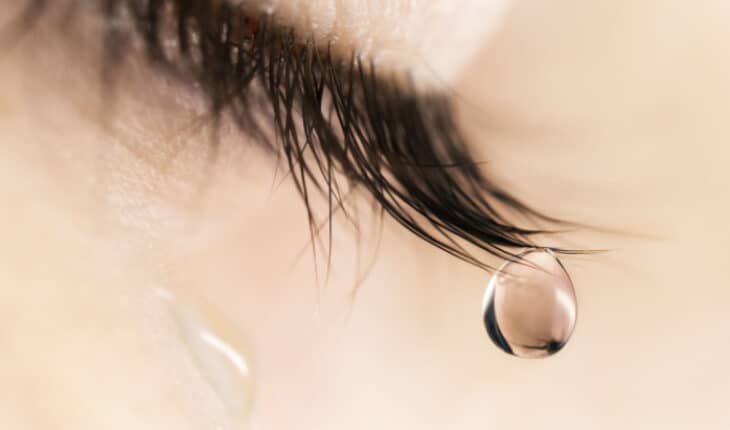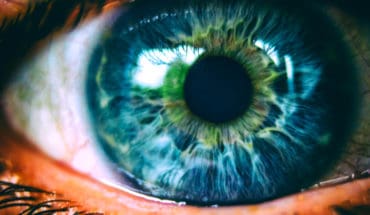Visual damage refers to any injury or damage that affects a person’s visual system. This includes the eyes and the parts of the brain that process visual information. It is considered visual damage if there is any injury to the lens, cornea, optic nerve, retina, or other parts of the eye, as well as damage to the visual cortex or other parts of the brain. Visual damage can occur for a variety of causes and can range from mild to severe, including disease, injury, or exposure to certain radiation or toxins.
Symptoms of visual damage can include blurry vision, double vision, blind spots, vision loss, or other visual disturbances. Here are some causes of visual damage and how to prevent them:
Medications
Medications, particularly certain antibiotics and antidepressants, can cause visual damage. Elmiron, a medication used to treat interstitial cystitis, has also been linked to eye damage and many patients have filed a lawsuit with the help of an Elmiron lawsuit lawyer, as they claim that the manufacturer did not adequately warn of the potential eye damage. To prevent this, it is important to discuss any potential side effects with your doctor before starting a new medication. Your doctor may be able to provide alternative medications that do not cause visual damage and also make sure to be informed about the risks of taking the medication.
UV rays
Ultraviolet rays from the sun can bring damage to the eyes which is why you must protect not only your skin but your eyes as well. UV rays lead to cataracts, age-related macular degeneration, and other conditions. In order to prevent this, it is crucial to wear sunglasses or a hat when spending time outdoors and to use broad-spectrum sunscreen on the skin around the eyes. It’s all about taking care of yourself. If you take care of the other parts of your body, so should you take care of your eyes. Learn more information about taking care of your eye because prevention is better than cure.
Blue light
This certain light emitted by electronic devices can cause damage to the eyes by leading to digital eye strain and disrupted sleep patterns. It is important to limit the use of electronic devices before bed and to use a blue light filter on these devices. You can also purchase blue light glasses to reduce the amount of blue light that reaches your eye when you are using your gadgets.
Lack of sleep
There are many dire effects when you lack sleep. Not getting enough sleep can lead to visual fatigue and can cause damage to the eyes over time. It is important to get 7-9 hours of sleep each night and to maintain a consistent sleep schedule to prevent visual damage.
Dry eyes
Preventing dry eyes is important as well just like the others that cause visual damage. Dry eyes happen when your eyes don’t create enough tears to stay wet, or when your tears don’t work properly. This can make your eyes feel uncomfortable, and in some cases, it can also cause vision problems over time. Always stay hydrated and use a humidifier in dry environments. Even if you want your eyes to sparkle by putting on contact lenses, you must take note to avoid using contact lenses for long periods of time.
Smoking
Smoking can cause damage to the eyes because cigarette contains over 7,000 different toxic chemicals which cause oxidative stress and destroy the retina. Furthermore, carbon monoxide and nicotine cause fatty deposits in the eye’s blood vessels that lead to blurry vision. When you smoke it also constricts the ciliary arteries which prevent proper blood flow to the eye. Quit smoking to prevent this and avoid secondhand smoke.
Nutritional deficiencies
Nutritional deficiencies can cause night blindness, cataracts, and conditions such as xerophthalmia. When you lack certain vitamins and minerals in your diet it can cause visual damage. Eat a balanced diet that is rich in vitamins and minerals, especially vitamin A, vitamin C, and vitamin E. These vitamins are essential for maintaining a healthy vision that is why don’t forget to take your vitamins or eat healthily.
Eye strain
Staring at a screen for long periods of time can cause eye strain and can lead to visual damage over time. Always take frequent breaks to prevent eye strain. Use the 20-20-20 rule (taking a 20-second break every 20 minutes and looking at something 20 feet away). Adjust the lighting and positioning of the screen to reduce glare.
Exposure to toxins
Exposure to toxins such as pesticides and industrial chemicals can cause damage to the eyes. Wear protective gear when needed and while working with these chemicals to avoid exposure to them as much as possible.
Trauma
Trauma to the eyes can cause damage and lead to vision loss. There are numerous traumas you want to avoid when it comes to eye vision such as blunt trauma, penetrating trauma, chemical trauma, thermal trauma, and radiation trauma. To prevent this, it is important to wear protective gear when playing sports or engaging in other activities that could cause eye trauma and to be careful when using tools or machinery.
Genetics
Genetics can cause visual damage by increasing the risk of certain eye conditions or by causing inherited eye disorders. Some visual damage is caused by genetic factors, and cannot be prevented. However, it is important to be aware of any family history of visual damage and to get regular eye exams to detect and treat any conditions as early as possible.
In conclusion, visual damage can occur for a variety of reasons and can range from mild to severe. By understanding the top 10 causes of visual damage, and taking steps to prevent them, we can help to protect our eyes and maintain good vision over time. It is important to get regular eye exams and to practice good eye care habits, such as wearing protective gear and limiting exposure to harmful toxins.
- Gut microbiome could delay onset of type 1 diabetes - 3rd April 2025
- The da Vinci 5 Robot Is Set To Transform Bariatric Care: - 31st March 2025
- Beyond money: the hidden drivers fuelling child food insecurity - 31st March 2025






